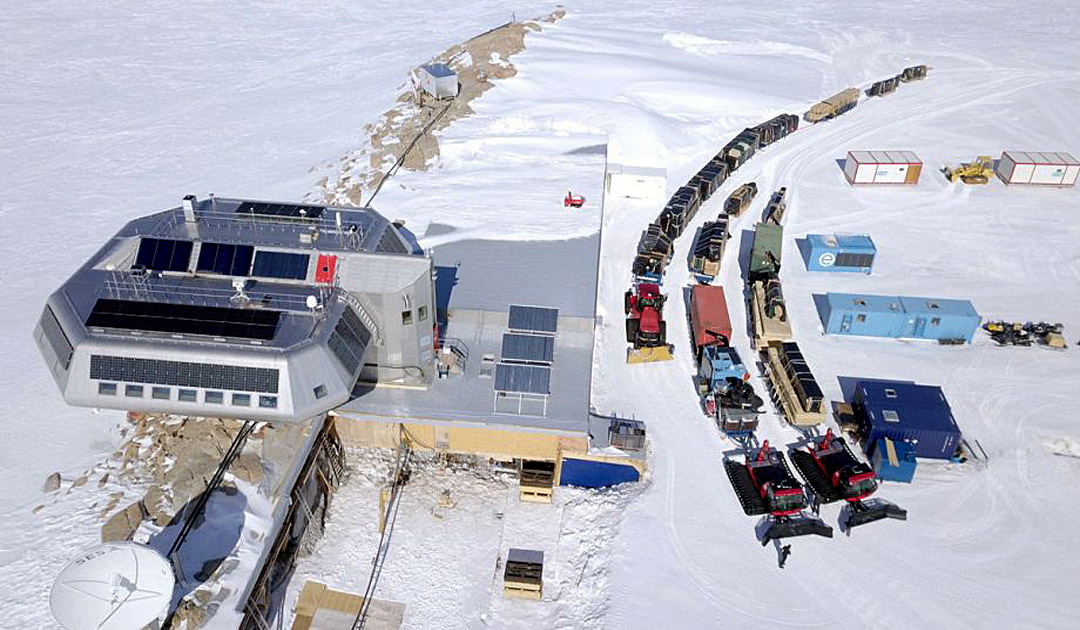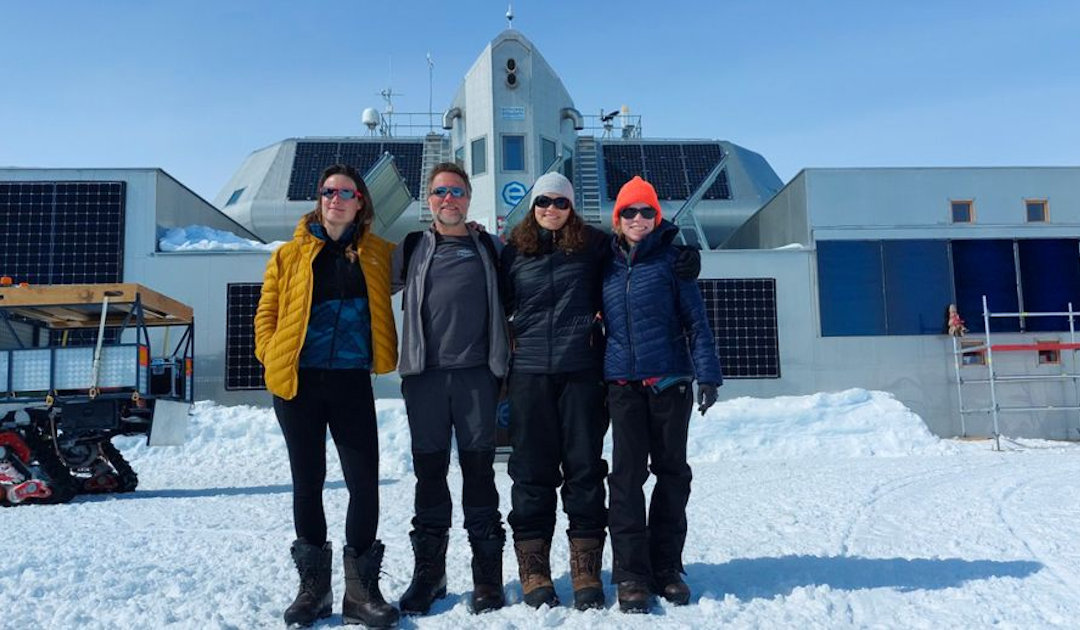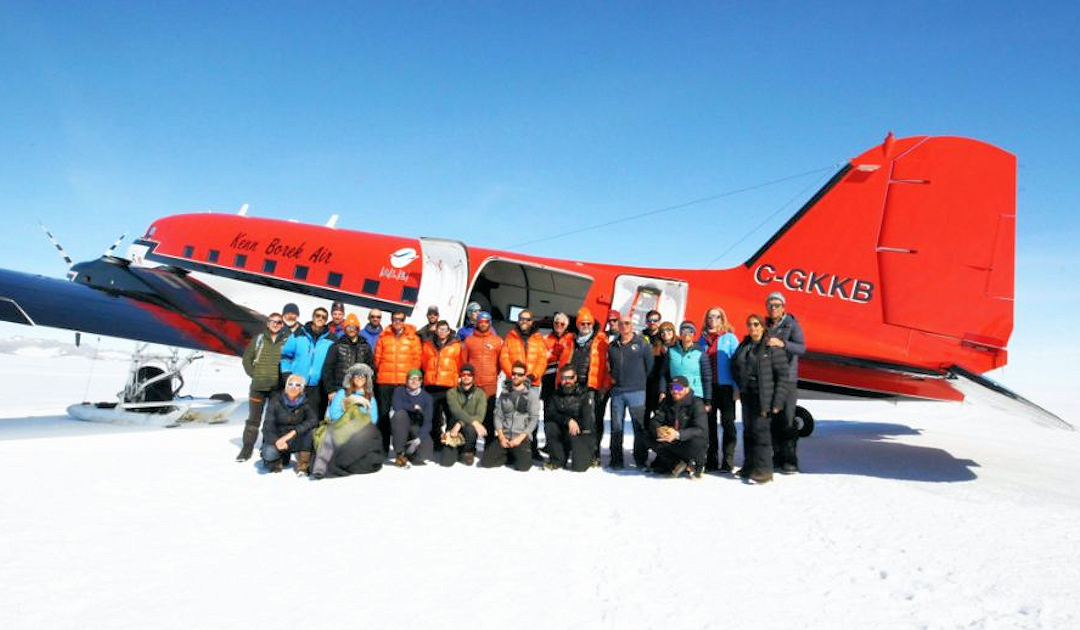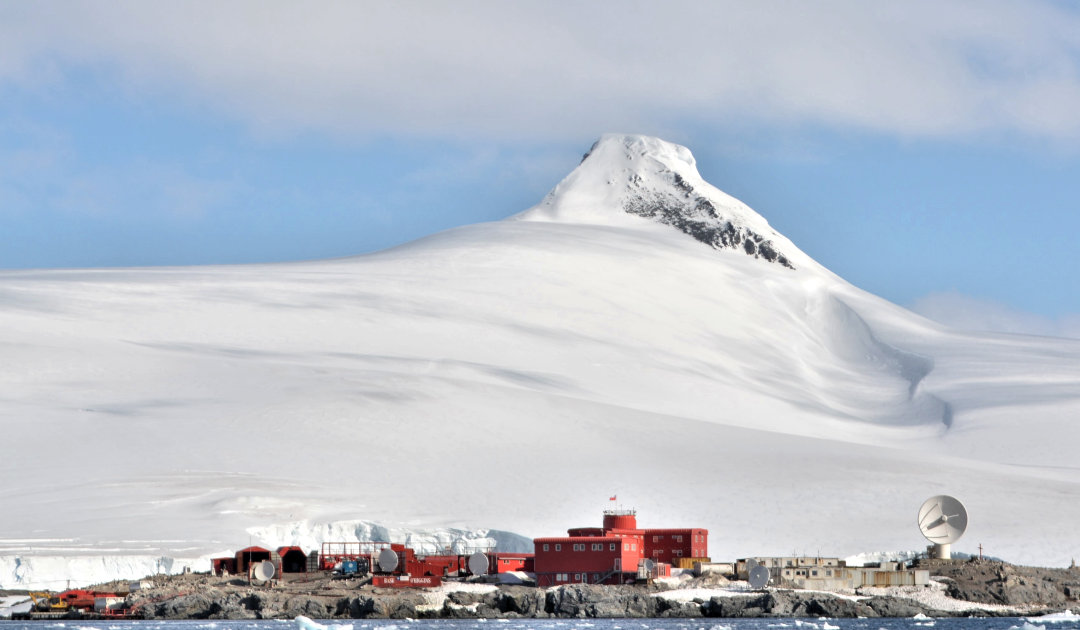
The SARS-CoV-2 virus still has the whole world firmly in its grip in the new year. It is one of the few viruses that has actually been able to reach all continents, including Antarctica. In this season, which many Antarctic programs have started again with increased activity, it has now caught the Belgian station “Princess Elisabeth Antarctica”, as the station operator confirmed to media.
Of the 25 people currently in the station 16 people are infected with the virus, it is stated. But the cases have all shown a mild course so far, according to the information. Experts believe that the virus is the Omikron variant, which now accounts for the majority of infections in both Belgium and South Africa, from where supply flights to the station depart. But how the virus could reach the station is not exactly known.

The first positive cases were detected as early as December 14, 2021 in three new arrivals at the station, which had officially started the season only a few days earlier. All three were isolated at the time and evacuated home before Christmas, but the virus remained and further infections were the result. This is despite the fact that the measures to get to the station are very strict. All station members must be double vaccinated in advance and undergo a medical examination. PCR tests are carried out two hours before departure for South Africa. In Cape Town, a 10-day quarantine with another PCR test on the fifth day is mandatory. The whole procedure is then repeated again before departure to Antarctica: PCR test before departure, and five days after arrival at the station.

The ward is also well equipped accordingly: PCR tests can be carried out and evaluated independently and all the necessary equipment is available in the infirmary to treat even a severe course. In addition, according to official information, two emergency doctors are also on standby at the station. In the meantime, the Belgian authorities had also decided that the staff could stay on site as long as the health situation permitted. The BBC reports from a direct source that people had been offered repatriation on January 12, but no one had accepted. No other person will reach the station until then, either, according to authorities. In addition, until all those present tested negative, all further research missions were put on hold.
The season length was also shortened and two already scheduled missions were cancelled. Alain Hubert, the station’s founder and current safety and health officer, told the media that the missions currently underway will continue, however. PEACE (Princess Elisabeth Antarctica Climate Experiment), in which staff from the Swiss Federal Institute for Forest, Snow and Landscape Research WSL are involved, is one of the ongoing projects.

The virus reached the Bernardo O’Higgins station last season 20/21 on a Chilean Navy supply ship, the first time it has been documented to reach Antarctica. At that time, all station personnel were evacuated and returned to Chile, the station thoroughly disinfected, and only then re-staffed. However, it is not known how often the virus has reached the Antarctic stations in the meantime.
Dr Michael Wenger, PolarJournal
More on the subject:





